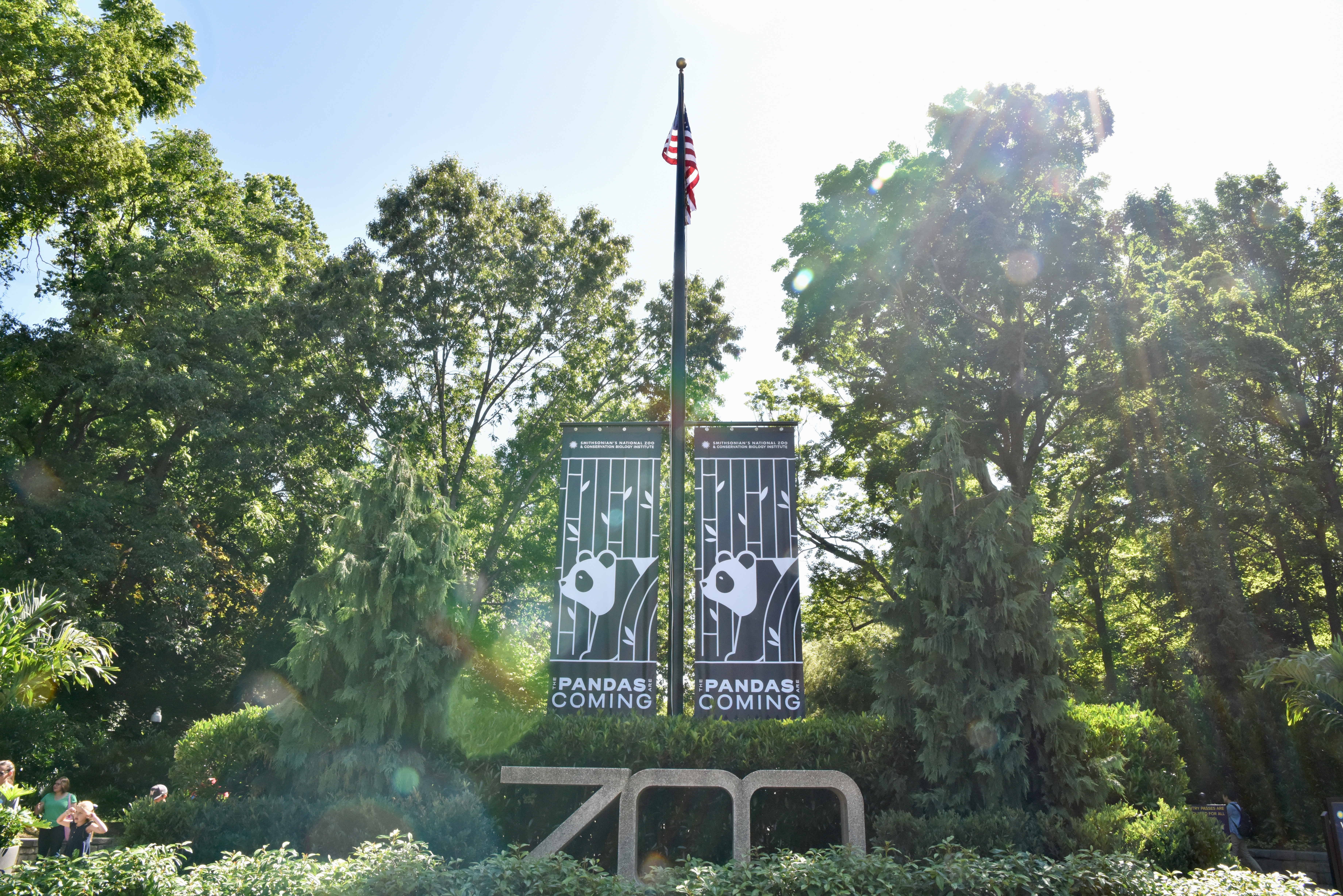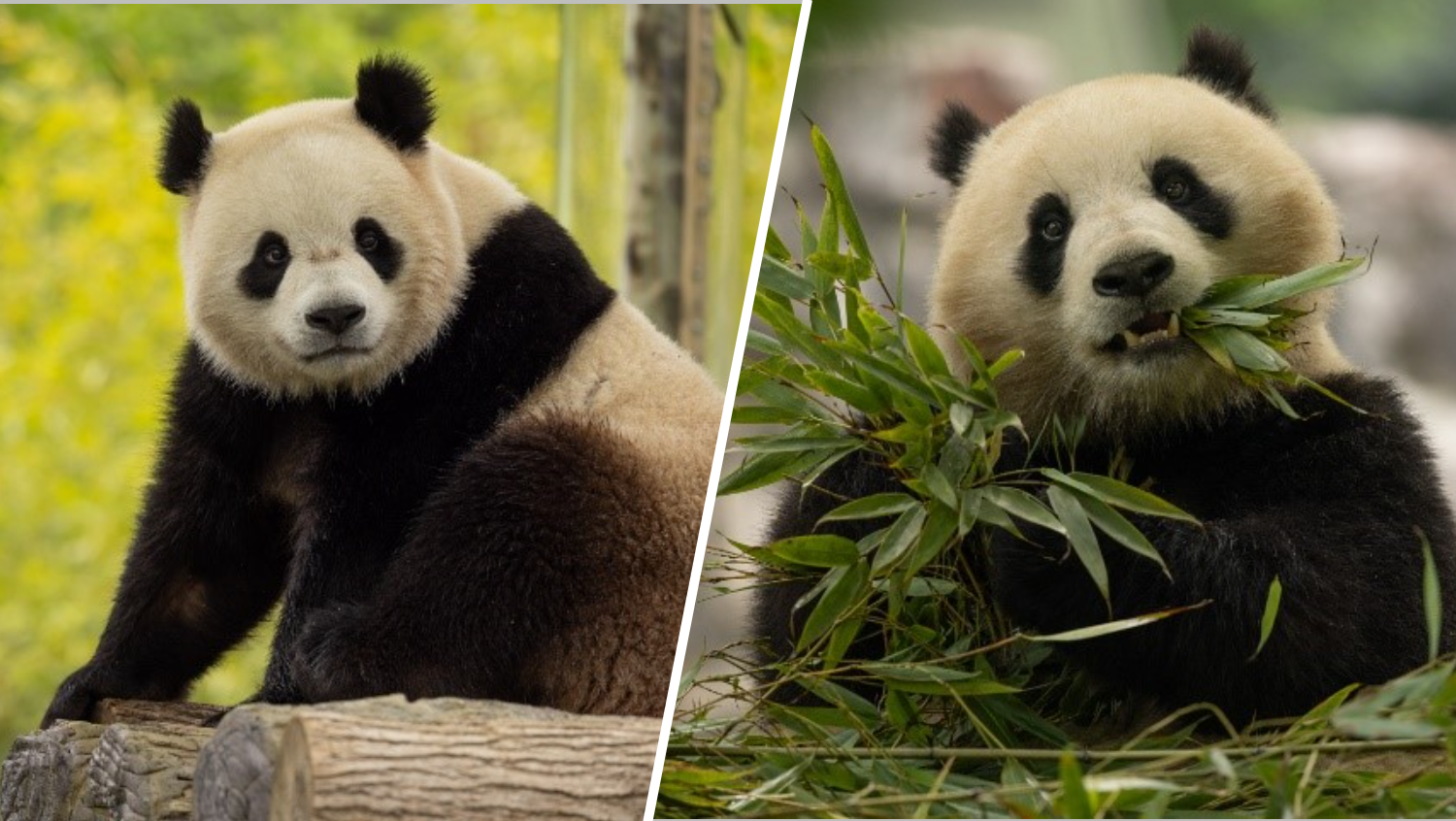The District is officially on "panda watch" duty, as we all wait for the two newest giant pandas to arrive from China and make the National Zoo and Conservation Biology Institute their home.
Their arrival date is still unknown, but the zoo has said that Bao Li and Qing Bao will be here before the end of the year. The buzz is growing as new billboards and a specially dedicated webpage pop up around the District, and donations roll in to refurbish the exhibit and the program.
And as the buzz builds, no one is more excited than the zookeepers and conservation biologists, like Melissa Songer, that work with the pandas at the Smithsonian National Zoo.
But even so, Songer can't talk about the arrival date.
"I would l love to tell you when they're coming," Songer said. "I can't tell you."
Songer, who works at the Conservation Biology Institute in Front Royal, has been studying pandas in the wild for years.
"We set out infrared cameras, so when we're not there and they come by, we can get pictures of them," Songer said. "We can get pictures of other biodiversity that are also sharing their space."
The pictures shared with News4 on Wednesday show pandas in the wild in China -- miles beyond the National Zoo's panda cam. And the far-away cameras help get scientists back in Virginia and D.C. the most up-to-date information about the species that also call the DMV home.
"There has been a steady increase in the amount of protected area for giant pandas," Songer said. "There has been an increase in the connectivity of their different habitats, of their different population. Rather than being on the endangered species list, they are now considered vulnerable, so they have improved their conservation status."
It also shows scientists the differences between pandas in the wild and pandas in a zoo setting.
"I think in a zoo setting, and when you see them rolling around, they just seem like they are very sociable," Songer said. "Actually in the wild, they're solitary for the most part. They're not in a big ball. If you see them rolling around together, that's not the way they are in the wild."
And the work done observing pandas in the wild, and using that knowledge to save the species, is also a part of international relations. The research that scientists in the U.S. and China do together in both countries is the result of improved diplomacy between the two nations.
"In my experience, when you're working on an inspiring species like giant pandas or Asian elephants or whatever the animal is, you're in the country where they are," Songer said. "And -- this is especially true for China, the giant panda is their national treasure -- it's exciting to be able to work with these teams where everybody's just on board. They understand this is something that's important to do, and they're happy to be a part of it."
It's like the astronauts at the International Space Station: When you're up there, you're all working on the same thing.
"You can, you may, have different differences of opinion or priorities, but you can put it all aside and have that commonality that you are working together for something that everyone believes in," Songer said.
That common goal unlocks surprising knowledge about the species being studied.
"One thing that's fascinating about pandas is they are a bear," Songer said. "Their GI system is carnivore, yet 99% of their diet is bamboo. And giant pandas have a very simple system, but they have other things like a gut microbiome that helps with digestion. They have a, they have an expanded wrist bone that basically serves as a thumb so that they can grab the bamboo and hold onto it and be able to eat a lot of it, because they have to eat a lot of it because it is low nutrition."
It's not yet clear whether it's a quirk of evolution that pandas stopped eating other animals, or a response to plentiful bamboo in their habitats.
"It's just one of those things that happens over such long time periods," Songer said.
You can learn more about pandas, and their eventual return to the National Zoo, at the zoo's webpage here.




